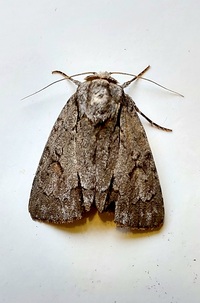
| Recorded by: Mark Basinger on 2025-08-24
Brunswick Co.
Comment: | 
| Recorded by: Mark Basinger on 2025-07-23
Brunswick Co.
Comment: |
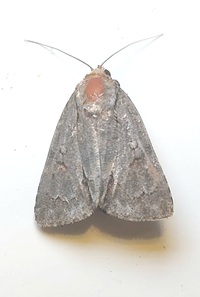
| Recorded by: Mark Basinger on 2025-07-22
Brunswick Co.
Comment: | 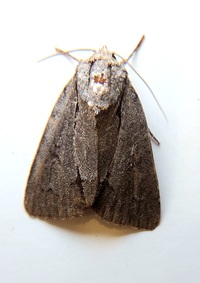
| Recorded by: Mark Basinger on 2025-07-09
Brunswick Co.
Comment: |

| Recorded by: Allison Garton on 2025-05-25
Moore Co.
Comment: | 
| Recorded by: Jeff Niznik, David George, Kaitlyn Elliott on 2025-05-08
Cumberland Co.
Comment: |

| Recorded by: John Petranka, Jim Petranka and Becky Elkin on 2025-05-08
Harnett Co.
Comment: | 
| Recorded by: Mark Basinger on 2025-05-03
Brunswick Co.
Comment: |
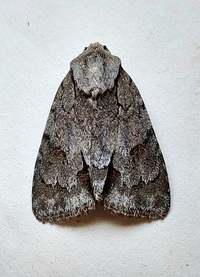
| Recorded by: Mark Basinger and Miles Buddy on 2025-04-26
Brunswick Co.
Comment: | 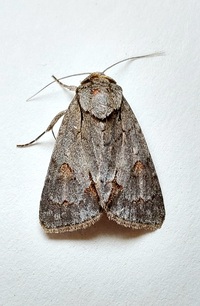
| Recorded by: Mark Basinger on 2025-04-25
Brunswick Co.
Comment: |

| Recorded by: Mark Basinger on 2025-04-25
Columbus Co.
Comment: | 
| Recorded by: Mark Basinger on 2025-04-25
Columbus Co.
Comment: |
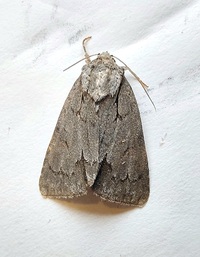
| Recorded by: Mark Basinger on 2025-04-19
Brunswick Co.
Comment: | 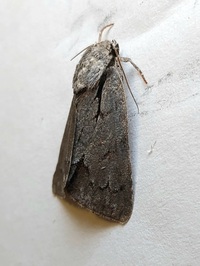
| Recorded by: Mark Basinger on 2025-04-19
Brunswick Co.
Comment: |

| Recorded by: John Petranka, Jim Petranka, Becky Elkin on 2025-04-14
Bladen Co.
Comment: | 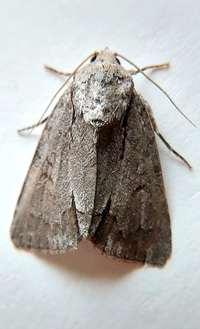
| Recorded by: Mark Basinger on 2024-08-16
Brunswick Co.
Comment: |
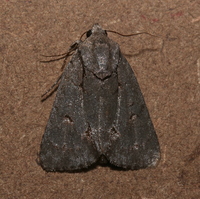
| Recorded by: David George, Jeff Niznik on 2024-06-10
Chatham Co.
Comment: | 
| Recorded by: Mark Basinger on 2024-04-27
Brunswick Co.
Comment: |
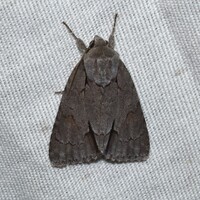
| Recorded by: David George, Jeff Niznik, Rich Teper on 2024-04-16
New Hanover Co.
Comment: | 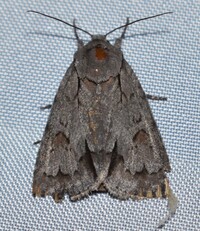
| Recorded by: Jeff Niznik on 2022-04-25
Wake Co.
Comment: |
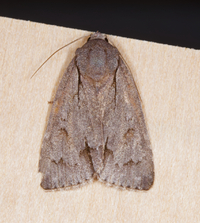
| Recorded by: Jim Petranka, Bo Sullivan and Steve Hall on 2021-05-11
Scotland Co.
Comment: | 
| Recorded by: Michael P. Morales on 2020-07-23
Cumberland Co.
Comment: |
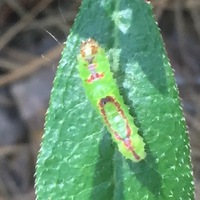
| Recorded by: Michael P. Morales on 2020-07-23
Cumberland Co.
Comment: | 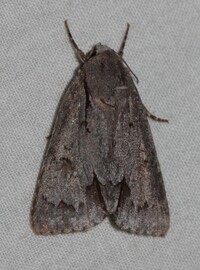
| Recorded by: Julie Tuttle on 2017-06-06
Chatham Co.
Comment: |

| Recorded by: J.B. Sullivan on 2016-05-24
Carteret Co.
Comment: Larva reared from Vaccinium arboreum | 
| Recorded by: J.B. Sullivan on 2016-05-24
Carteret Co.
Comment: |
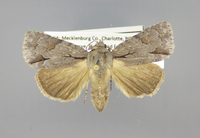
| Recorded by: Robert Gilson on 2016-04-27
Mecklenburg Co.
Comment: | 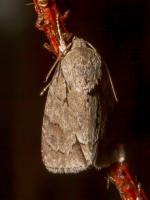
| Recorded by: Stephen Hall on 2016-04-12
Hoke Co.
Comment: |
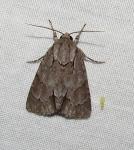
| Recorded by: B. Bockhahn, P. Scharf, S. Hall on 2015-07-22
Stanly Co.
Comment: | 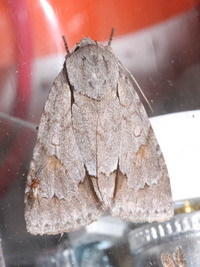
| Recorded by: Ed Corey on 2008-09-30
Bladen Co.
Comment: |
|

 »
»




 »
»


